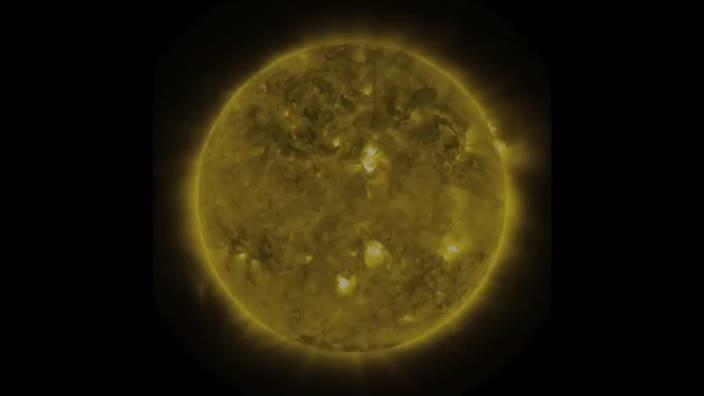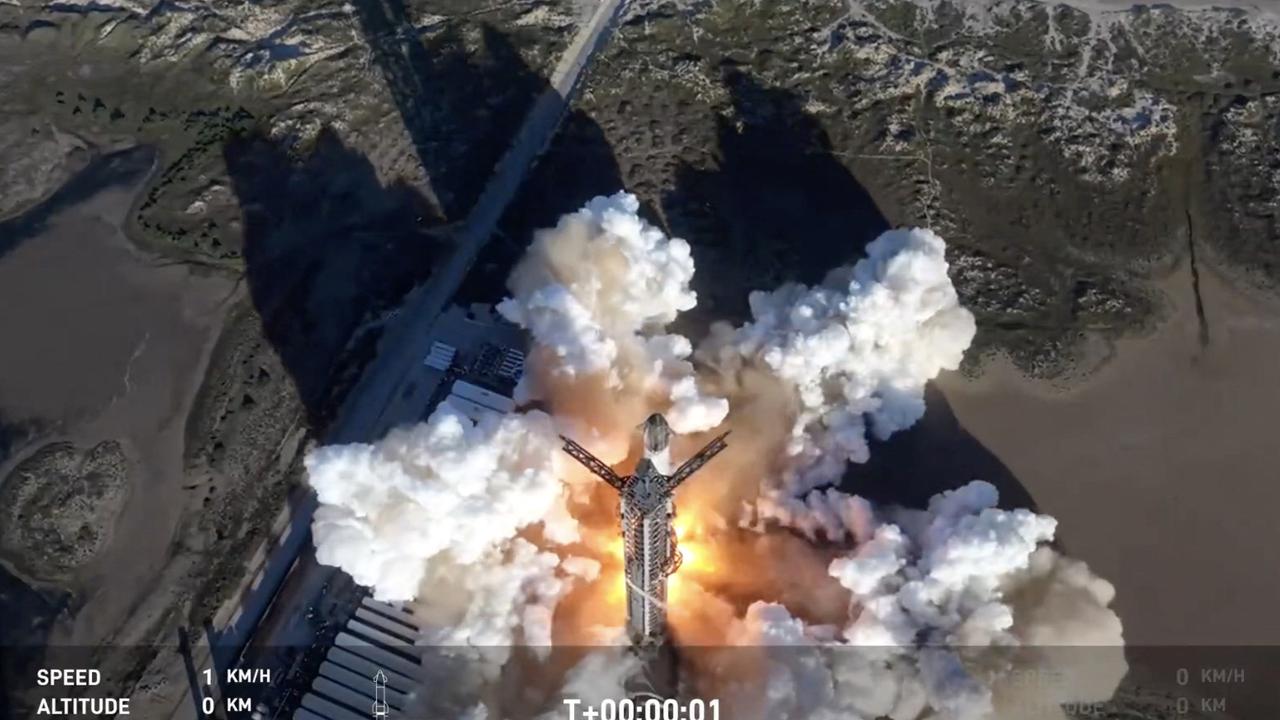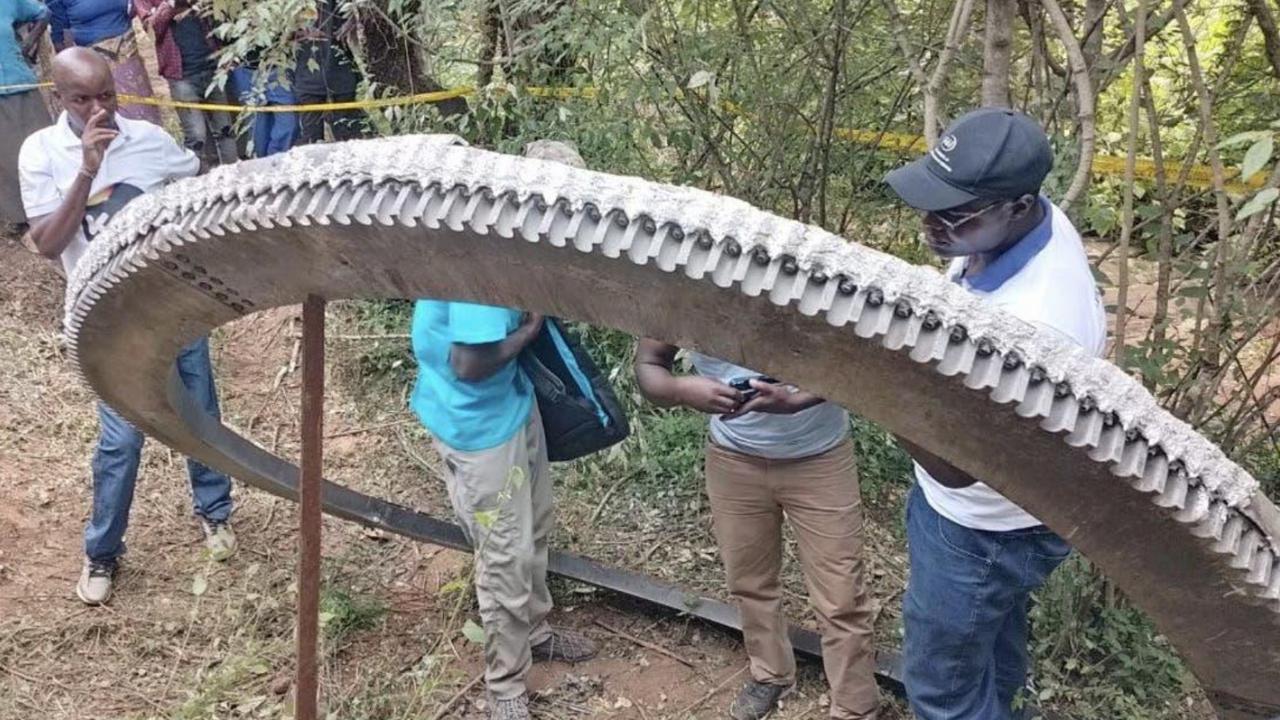Scientists baffled as Sun activity falls to century low
THE Sun’s activity has plummeted to a century low, baffling scientists and possibly heralding a new mini-Ice Age.

THE SunÂ’s activity has plummeted to a century low, baffling scientists and possibly heralding a new mini-Ice Age.
"I've been a solar physicist for 30 years, and I've never seen anything quite like this," Richard Harrison, head of space physics at the Rutherford Appleton Laboratory in Oxfordshire, told the BBC.
"If you want to go back to see when the Sun was this inactive... you've got to go back about 100 years," he said.
The lull is particularly surprising because the Sun has reached its solar maximum, the point in its 11-year cycle where activity is at its peak.
The lacklustre climax also follows a solar minimum – the period when the Sun’s activity troughs – that was longer and lower than had been anticipated.
Mike Lockwood, professor of space environment physics at the University of Reading, told the BBC there was a significant chance that the Sun could become increasingly quiet.
He compared the current circumstances to the latter half of the 17th Century, when the sun went through an extremely quiet phase referred to as the Maunder Minimum.
That era of solar inactivity coincided with bitterly cold winters to Europe, where the Baltic Sea and London's River Thames froze over. Conditions were so harsh that some described it as a mini-Ice Age.
Prof Lockwood says we may see a repeat if the Sun continues to dip, positing that the results would be dominantly felt in Europe due to the flow of an air current in the upper atmosphere that can drive the weather.
"It's a very active research topic at the present time, but we do think there is a mechanism in Europe where we should expect more cold winters when solar activity is low," he said.



